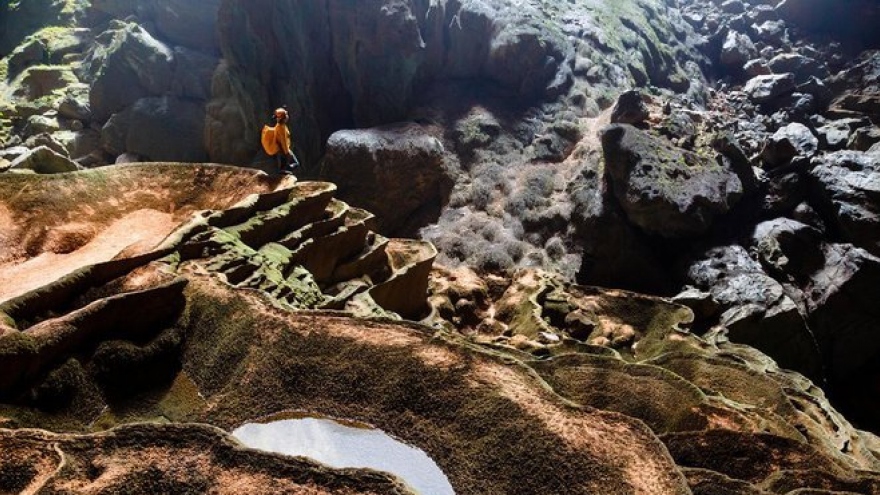Scaling the Great Wall of Vietnam
VOV.VN - One of central Vietnam’s most interesting tourist destinations – The Great Wall of Vietnam – was discovered by archaeologists in 2011 in the remote countryside of the central part of the country.
 |
|
It is the longest monument in Southeast Asia, winding its way for 127.4 km from northern Quang Ngai Province, south into the province of Binh Dinh and it is considered the greatest engineering feat of the Nguyen Dynasty |
 |
|
The Long Wall of Quang Ngai, as it is now known, is made of alternating sections of stone and earth, andis believed to have been built in 1819 as a cooperative effort between the Vietnamese and H're ethnic minority. |
 |
|
Though most of the wall is still in relatively good condition, attaining heights up 4 metres, scaling it is not an easy challenge, even for those who enjoy hiking and climbing. |
 |
|
Having undergone thousands of years of transformation, it is filled with calcium crystals that have surrounded small sand particles to form rare‘pearls’. |
 |
|
One of its unique features is that the separate climatic conditions have created a diverse ecosystem, so even deep underground, fascinating and intriguing creatures still exist. |
 |
|
This little yellow creature is hard to make out amongst the white background. |
 |
|
A fossilized mountain goat skeleton dating back a few hundred years. |
 |
|
Behind the wall is a600-metre-wide cave and the exit leading back to nearby Quang Ngai City, the provincial capital, a suitable base from which visitors can reach the wall. |


